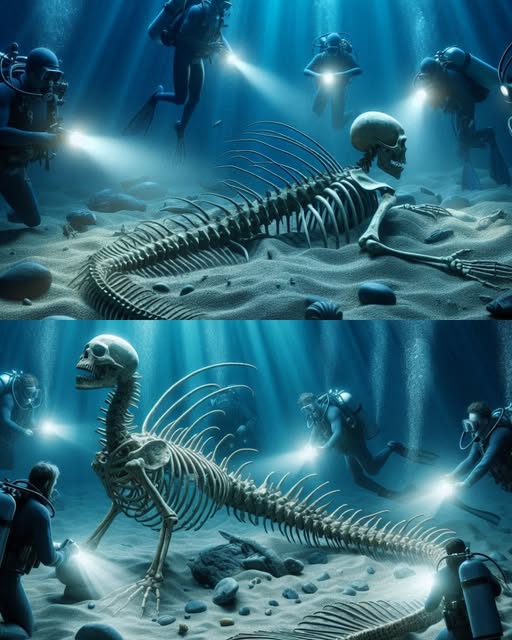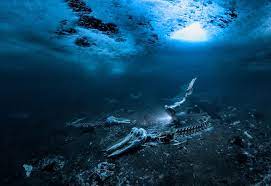A routine deep-sea submersible mission took an incredible turn when researchers stumbled upon a sight that shatters all known biology.
While the discovery of something that “shatters all known biology” is the stuff of science fiction, the world of deep-sea exploration has genuinely produced discoveries that have fundamentally changed our understanding of life on Earth.

In the late 1970s, a routine deep-sea submersible mission took an incredible turn when researchers piloting the submersible Alvin stumbled upon a sight that truly redefined biology. Exploring the seafloor near the Galapagos Islands, they discovered hydrothermal vents spewing superheated, mineral-rich water from the Earth’s crust. But the most incredible finding was not the vents themselves, but the vibrant, teeming ecosystems that surrounded them.

Prior to this discovery, scientists believed that all life ultimately depended on the sun through photosynthesis. The life forms at the hydrothermal vents, including giant tube worms, blind shrimp, and unique bacteria, proved this theory wrong. They survived by a process called chemosynthesis, converting the toxic chemicals from the vents into energy. This single discovery proved that life could thrive in the most extreme, sunless environments on Earth, expanding our concept of where life can exist and providing a new model for the search for extraterrestrial life on distant planets and moons.
